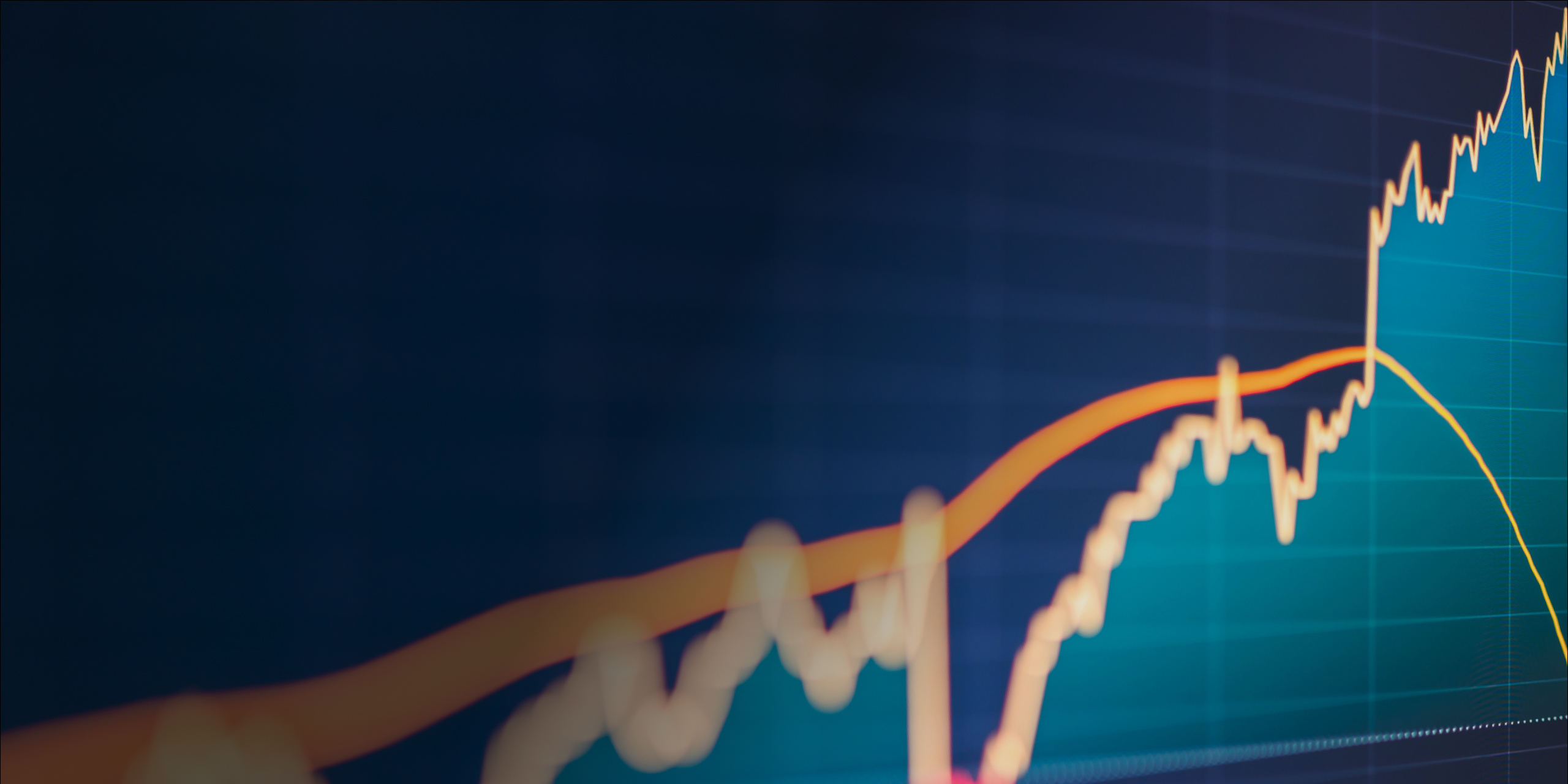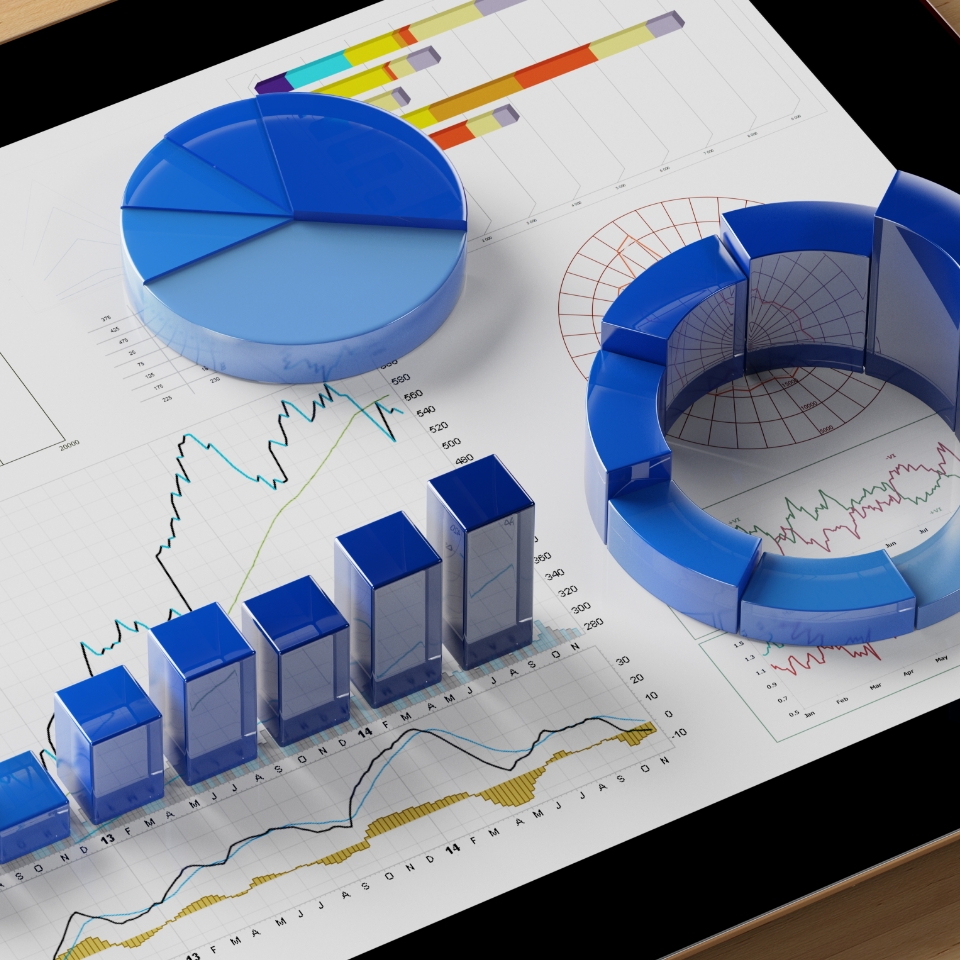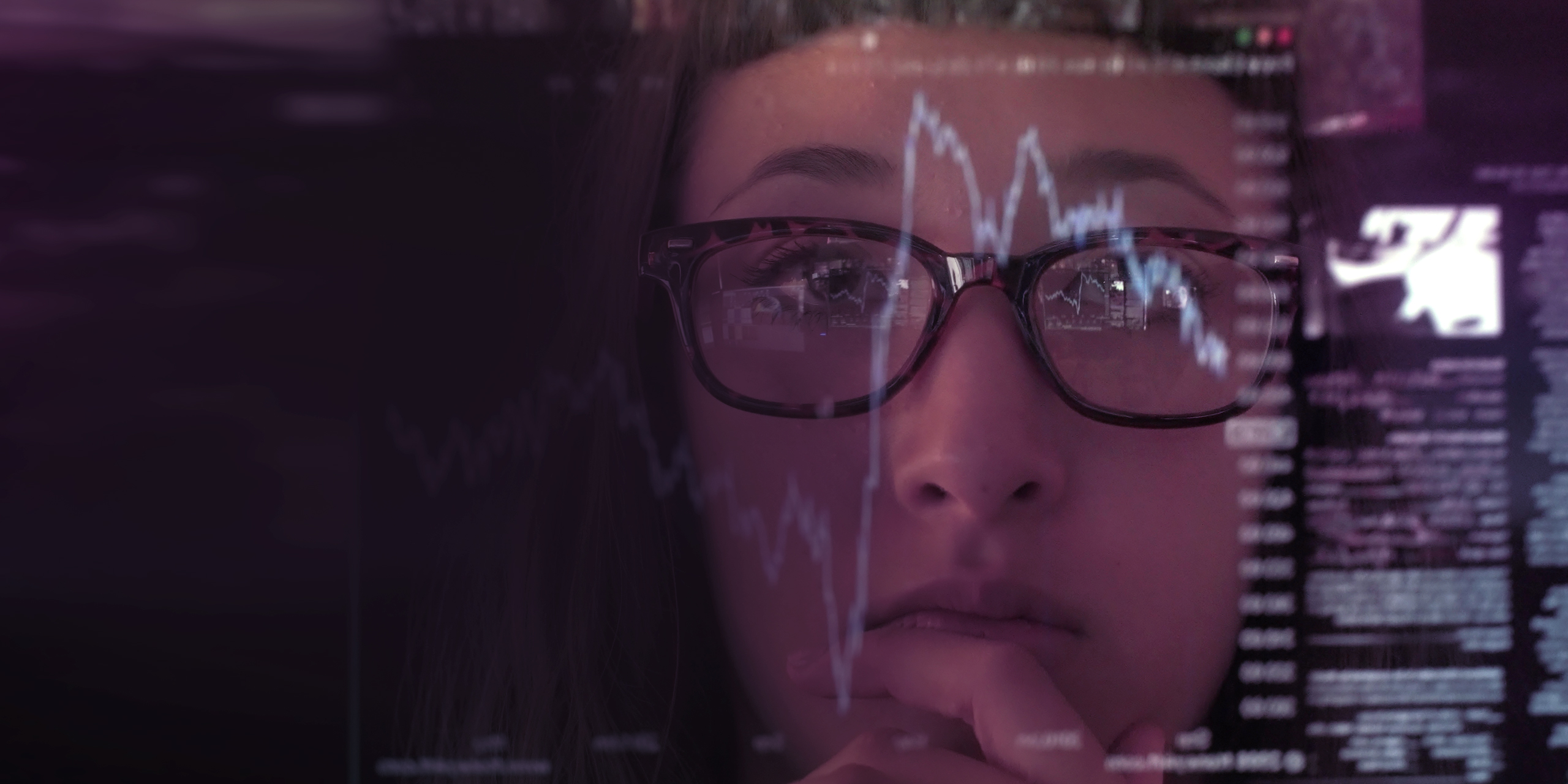In brief
- Monitoring and observability tools provide real-time feedback on each system component’s fitness, performance and interoperability, rapidly spotting and addressing irregularities and other urgent issues
- Performance monitoring analyzes system metrics, such as trade execution time, order fill rate, slippage and latency. It helps identify bottlenecks or inefficiencies impacting the system's overall performance
- Constantly monitoring the system infrastructure, including servers, network connectivity, data feeds and platforms, helps ensure the system is always available, minimizing downtime and potential losses
Put simply, it has a lot to do with the complex ins and outs of banking and capital markets trading.
Only leading-edge monitoring and observability tools deliver the extraordinary accuracy and flexibility needed to negotiate the hyper-connected financial industry reliably, day in and day out. In such a quicksilver environment, speed of action and response dictates profit and loss, which can prove devastating.
In the following pages, we’re going to deconstruct the systems and processes used in global trading. As we trace the merits of leveraging a Trading system, we’ll discover the crucial part observability and monitoring play in their robust and agile effectiveness in banking and capital markets.
First things first
Monitoring for trading systems refers to the process of continuously observing and analyzing the performance and behavior of a trading system. It tracks various metrics, such as trade execution speed, order book depth, latency, risk exposure and profitability, to ensure the system functions as intended and identifies any potential issues or anomalies.
Zoreza Global has partnered with ITRS (a leading real-time estate monitoring and observability software provider) to develop and deliver advanced monitoring tools tailored to the banking and capital markets sector., We have built a trading observability framework that can be applied to trading systems such as Murex, Adenza, Finastra, Orchestrade and any other Front to Back Trading platform.
Our specifically targeted monitoring solutions provide an overview of heritage and cloud-based systems, enabling financial organizations to safely cross the evolving regulatory landscape while getting accustomed to new technologies and marketplace instability. This vital development underlines the partnerships’ commitment to helping shape the future of financial trading.
Resolving trading system challenges
Financial trading is in a world of its own. Its fundamental principles are characterized by dynamism, individuality and rapid response. A trading system is more than the sum of its parts — a vast ecosystem comprising a multitude of integrated components that drive complex trading initiatives. They include tools for risk analysis, order-management systems, data feeds, etc.
Monitoring and observability provide real-time feedback on each component’s fitness, performance and affiliate rapport. The tools keep a sharp eye on these essential and convoluted networks, rapidly spotting and addressing potential bottlenecks, irregularities and other urgent issues while diminishing the impact on core trading processes.
Here’s an idea of the core significance and critical drivers of monitoring and observability in banking and capital markets.
Enabling real-time decision-making
Instant and infallible trader judgment is a core competency for those working in quick and aggressive banking and capital markets. Observability delivers a real-time overview of system behavior, response times and transaction performance. Monitoring tools record and analyze the criteria for the speed of order execution, transaction confirmation and data-feed latency. And, by feeding traders and decision-makers immediate and dependable information, they’re more likely to make more effective decisions.
Optimizing performance
As I’m sure you’re aware, performance has a direct line to trading system profitability.
Performance monitoring involves measuring and analyzing the system's performance metrics, such as trade execution time, order fill rate, slippage and latency. It helps identify bottlenecks or inefficiencies impacting the system's overall performance.
Observability tools provide reports on resource utilization, application performance and reaction times. Also, institutions can identify opportunities for optimization, refining the system to process transactions faster, cut latency and enhance operational efficiency by closely monitoring the signals.
Making predictions
In addition to outlining the system's current condition, advanced monitoring also forecasts potential complications like bottlenecks by analyzing historical data and patterns. Adopting the old adage “Prevention is better than cure,” the IT team can maintain operational continuity and reduce the likelihood of downtime.
Complying with the rules
As financial services is a highly regulated industry, trading systems have to adhere to stringent compliance requirements. Observability tools can track and record trading activity, providing the necessary audit trail for reporting. This ensures transparency, complies with regulations and clears adverse legal issues.
Monitoring risk
Monitoring a trading system’s risk exposure ensures that the level of risk stays within established parameters. It tracks metrics like size, leverage and risk-adjusted returns to identify possible violations and react appropriately.
Troubleshooting
The rapid discovery and recovery of system defects or disorders is critical for enterprise well-being. Observability technology insights help IT specialists determine causality and execute the appropriate fix. Consequently, mean time to resolution (MTTR) is significantly curtailed with minimal adverse effect on activities.
Planning scalability and resources
Financial markets often encounter swift trading volume peaks. Observability tools help manage heavy traffic, monitoring resource use and system performance. Banks can ease resource scaling in times of rising demand by examining trends to guarantee premier performance regardless of the conditions.
Ensuring business continuity
For trading systems, unexpected downtime means financial loss and potentially damaged reputations. Thanks to their continual vision of system health, monitoring and observability technologies can help banks plan their redundancy, failover mechanisms and disaster-recovery strategies.
Achieving data security and privacy
Due to the sensitive nature of financial data, security and privacy are of prime significance to the banking and capital markets sector. Monitoring and observability solutions offer the data integrity and confidentiality needed to detect irregular data-access patterns or security breaches in real time.
Reporting and visualization
The monitoring process usually includes creating reports and visualizations to provide a clear view of trading system performance and behavior. Dashboards, charts and alerts (e.g., crucial metrics and unexpected issues) are typical requirements.
Code-related trading-system monitoring factors involve assimilating tools or libraries into the system's codebase to help collect/analyze data, originate alerts or notifications and deliver visualizations.
Detecting anomalies
Anomaly monitoring identifies unexpected and abnormal behavior in trading system data or operations (e.g., abrupt spikes in trading volumes, atypical trading patterns, departure from set risk criteria.) Anomaly detection helps spot adverse issues or irregularities before they affect the business.
Enhancing the user experience
Tracking user interactions in trading systems allows banks to better understand how traders and employees utilize the platforms. Simplifying workflows and offering excellent training resources enhances productivity, increasing data value and usability across the entire enterprise.
Managing costs
Effective monitoring and observability help manage and drive down costs. Identifying inefficiencies and uneven resource distribution helps banks determine the most effective allocation and cost management tactics and strategies.
Sharpening your instincts
Maintaining a strong monitoring and observability system gives banks an edge in the turbulent financial services marketplace. It expedites differentiation by developing increasingly reliable services, servicing compliance and mitigating operational risks.
Integrating others
What about integrating monitoring and observability systems with other third-party tools and banking technology favorites, like analytics platforms, compliance software and cybersecurity solutions?
Watching your health
Rather than an occasional health check, the tools constantly monitor the condition and alertness of the system infrastructure, including servers, network connectivity, data feeds and platforms. It helps ensure the system is up, running and continually available, cutting downtime and potential losses to the absolute minimum.
Developing trends
Financial monitoring and observability improvements embrace hot topics like the effectiveness of cloud-based monitoring tools and AI/ML for predictive monitoring. That’s why Zoreza Global and ITRS launched their strategic partnership for developing and delivering advanced monitoring tools for banking and capital markets platforms.
Their combined solutions deliver a coordinated overview of heritage and cloud-based/premises systems to help banks satisfy regulatory and technological challenges while mitigating operational risks, ensuring compliance and strengthening durability.
Working together
Clearly, the case for financial monitoring and observability is proven. It’s not a like-to-have; it's an integral feature of commercial and operational success. In light of this need, the Zoreza Global and ITRS partnership is about more than the solution. The partners are fully committed to maintaining a secure lifeline for financial institutions negotiating choppy economic waters.
Monitoring and observability tools offer a holistic view of both legacy and cloud-based systems. This vision shines a light on a route map for banks daunted by the challenges arising from new regulatory demands, emerging technologies and shifting market conditions.
Wrapping up
So, what have we learned? Financial trading and complex trading systems require an unswerving commitment to monitoring and observability. They are an essential source of accuracy, reliability and resilience in an uncertain marketplace. From optimal performance through efficient compliance and insightful troubleshooting to exceptional user experiences, observability and monitoring set a banking and capital markets benchmark.
Contemporary monitoring and observability technologies guide banks safely toward enhanced resilience, sustainable growth and, with good fortune and a following wind, unqualified success.
In an increasingly fast-turnaround world, real-time decisions make or break businesses.
Looking for more insights?
If you’d like to discuss any particular operational problems you’re currently coping with or discover what kind of premier performance and competitive advantages the Zoreza Global and ITRS partnership could coax from your trading systems, visit https://www.luxoft.com/pr/luxoft-and-itrs-partner-to-deliver-advanced-monitoring-tools or contact us.









